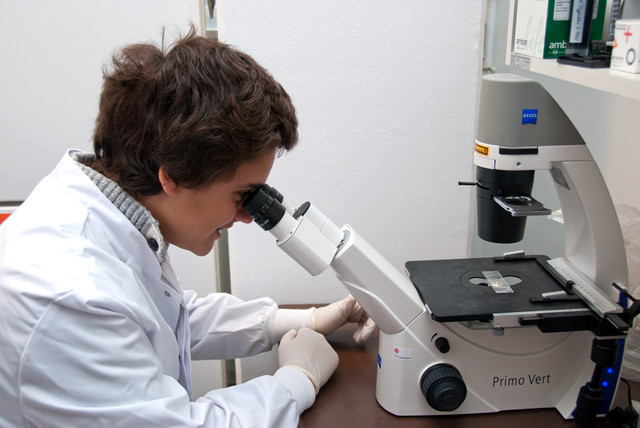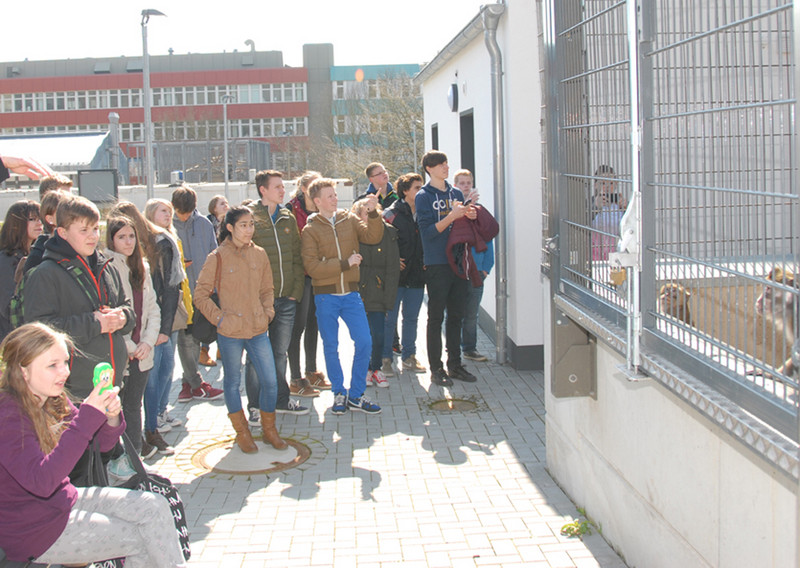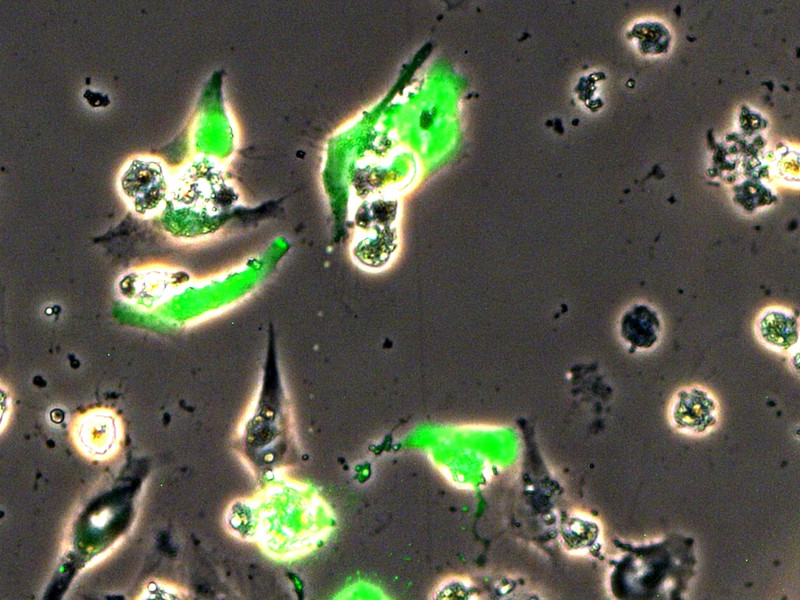Green cells at Future Day 2014
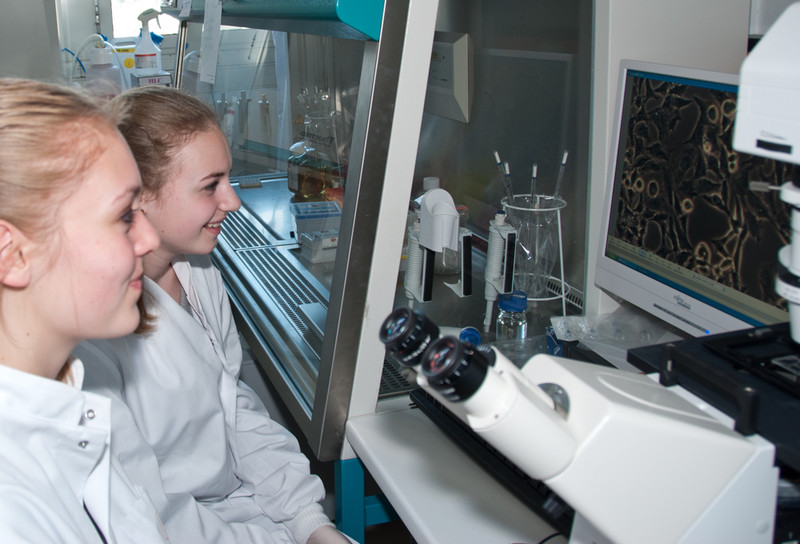
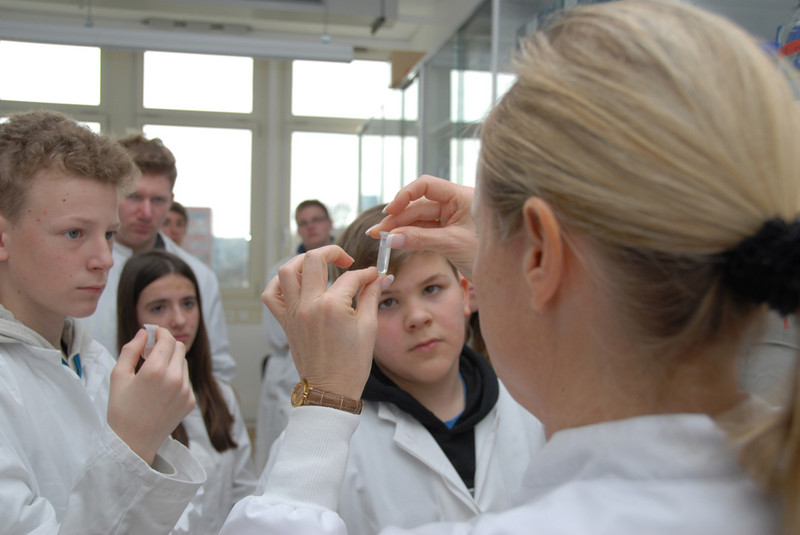
100 Trillion Cells
Following and introductory lecture on the German Primate Center and the carreer opportunities in research and administration, the eighth - and ninth graders could actively participate as budding scientists. Before entering the Primate Genetics Laboratory, they were divided into two groups. Almost immediately, one of the groups had something to ponder about since the head of the Junior research group Medical RNA Biology, Jens Gruber wanted to know the answer to the following question, "How long is a DNA strand of an unfolded single cell of the human body?" "About two meters," he demonstrated this with a measuring stick. The students learned, that the entire DNA of an adult body consist of approximately 100 trillion cells and if you should put them next to one another, it could reach from here to the sun a thousand times. "These numbers never cease to amaze me", Jens Gruber said.
A lot of DNA
In the meantime, students from the other group were busy taking genetic samples from their own oral mucosa. That means the mouth was properly rinsed with water. The dissolved cell material was extracted. Those who rinsed thoroughly received a small tube after the extraction in which they could see small white filaments: their own DNA. Some could see the little threads so clear that the primate geneticist Christian Roos explained to them: "These are 'tons'. With those you can perform effective analyses."
Green glow
The group with Jens Gruber had cells where the protein of a jellyfish Aequorea Victoria was added before they were applied to a microscope slide and prepared with preservatives. Under the fluorescence microscope, stimulated by blue or ultraviolet light, the students could precisely observe the green glowing protein.
During the tour of the primate husbandry of the German Primate Center, the students were able to admire a small part of the diversity that generates DNA in primates, and learned more about the different social systems in the lives of non-human primates. Thanks to the beautiful weather, most of the animals were outside.
More pictures available in the gallery

